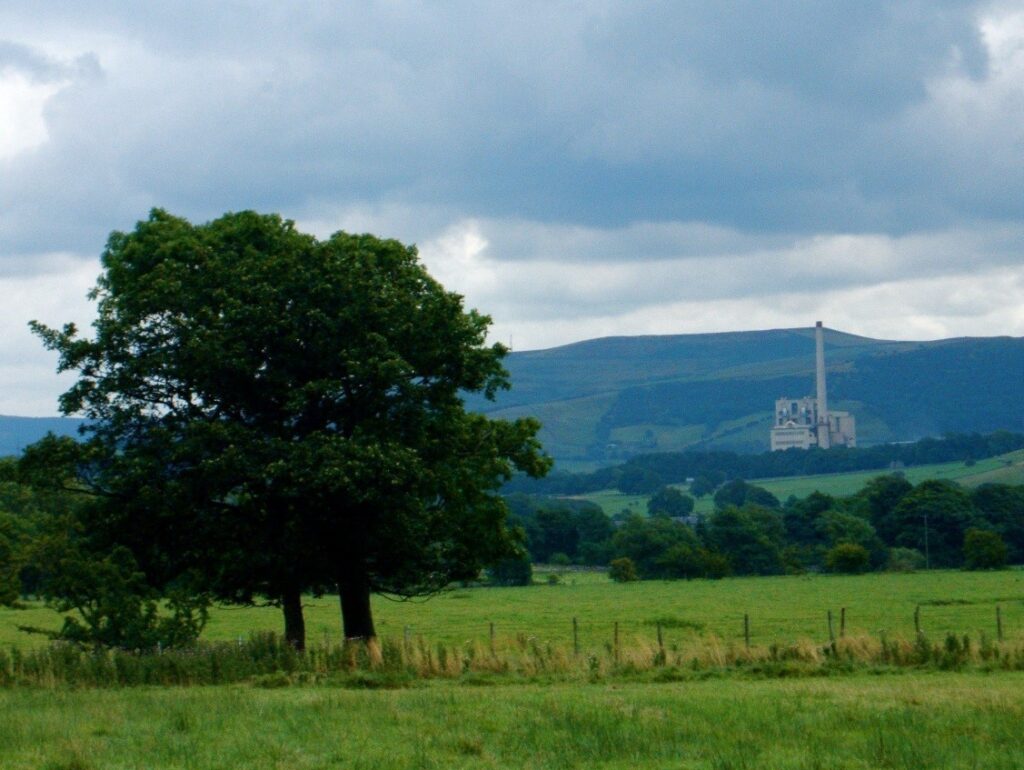We must liberate ourselves from capitalist realism and free ourselves into transformative forms of imaginative consciousness. As in the 1960s, when experimentations with popular consciousness led to socially progressive spaces, where a ‘new humanity, a new seeing, a new thinking, a new loving’ are possible… (Mark Fisher)
Our each and every moment is brought to us on waves of energy that emanate from the Big Bang projected forward into now. Metaphysical chaos from the dawn of time made concrete in the material world of houses, flats, schools, offices, churches, prisons, amusement arcades, museums, military bases, work, eat sleep, play Our collective consciousness is fluid chemical potential, shaped by plate tectonics, rising mountains, falling valleys, spring summer, autumn, winter, the topography of time.
In built environments these vibrations are passed between generations though evolution as culture, ways of being, norms, values, traditions, past times ways of doing, now. Politicians, academics, corporate executives, religious leaders, Instagram influencers, haters, story tellers, charismatic believers, all seek to define life’s meaning.

Pictured above is Hope cement works, the UKs biggest producer of cement, with an annual output of one million imperial tonnes. This artefact of industry dominates the valley floor of this beautiful part of the world, where it is overlooked by visitors to the Peak District National Park, hiking the hillside around it. Central to the existence of the built environment people come here to escape, its cement holds together the hustle and bustle of everyday life. An estimated 20 million people live and work within one hours drive of Hope, many of whom come here to breathe fresh air in between work, eat sleep, repeat. Cities such as Manchester, Derby, Nottingham and Sheffield all surround the park, where Euclidean geometry sculpt the concrete structures of human habitat that obscure nature.
Originally pioneered in the Middle East by Nabataea Bedouins, 8500 years ago, the first concrete like constructions lay down urban patterns of our ways of life. Used in the tomb construction of Ancient Egypt 3500 years later, immortality was gifted to the dead, cementing meaning to life. Deployed to keep invading forces out, sticky rice concrete, built the Great Wall of China to defend the powerful from invasion, 1500 years later. Then, just over 2000 years ago, the Romans built their vision for Britain through domination, straight roads and sanitation. Bringing concrete to the UK, the Empire washed away indigenous forms of identity in public baths. A thousand years after later, Portland cement was developed during the Industrial Revolution. Now mixed up to survive the stormy waters of coastal Britain, concrete structures built a world of factory sweat, smoke and tears. Through these buildings of industrial power, ways of life were carved from the land and were put to use accumulating capital. Meanwhile, the ghosts of our past searched for hope and better futures, driven by imagination, inspired by money and material wealth.
Hope cement works is the alien craft of an intergalactic humanoid species, landed here from outer space. Guided by fragments of information passed on by word of mouth and the earth-stained archaeology of tableware from a hundred thousand evenings, we imagine who we might have been. Left behind in the never-never land of deep space, life’s meaning is socially constructed by work now to pay off last weekends big purchase debt.
This image represents our material reality, plucked out from nature by the of our industrial past, exorcised by economic forces from human spirit. Finding ourselves, we can only just glimpse beyond spreadsheet ways of thinking, limited in our ability to perceive better worlds by the architecture of old-fashioned industrial ways of being. Grab yourself an ice-cream hit; a sugary buzz of happier times lived. Gift shop trinkets remind consumers of a day out in the fresh air of Hope, moments escape from the drudgery of zombie life in the catacomb of capitalist culture.
This intrusion in the landscape is a column of industrial thinking, where exhaust fumes breath out the alchemy of human thought. A post religion, neo-gothic cathedral to past progress and the anti-gods of science that dragged us into the urbanised world to make money into the only reason. Once put to work in the grim factories of the Midlands and Northern England, these concrete ways of being are no longer fit for purpose, as other people are exploited for profit overseas by multinational greed. The cheap fabric of consumer culture fades under the dawning light of a new age, minds awaken in between adverts and credit card statements. Where fashion trends and kitchen extensions once patched over economic decline in the late 20th century, communities now struggle to find enough money to eat. The concrete ideas of community and kinship degrade like the condition of every street.